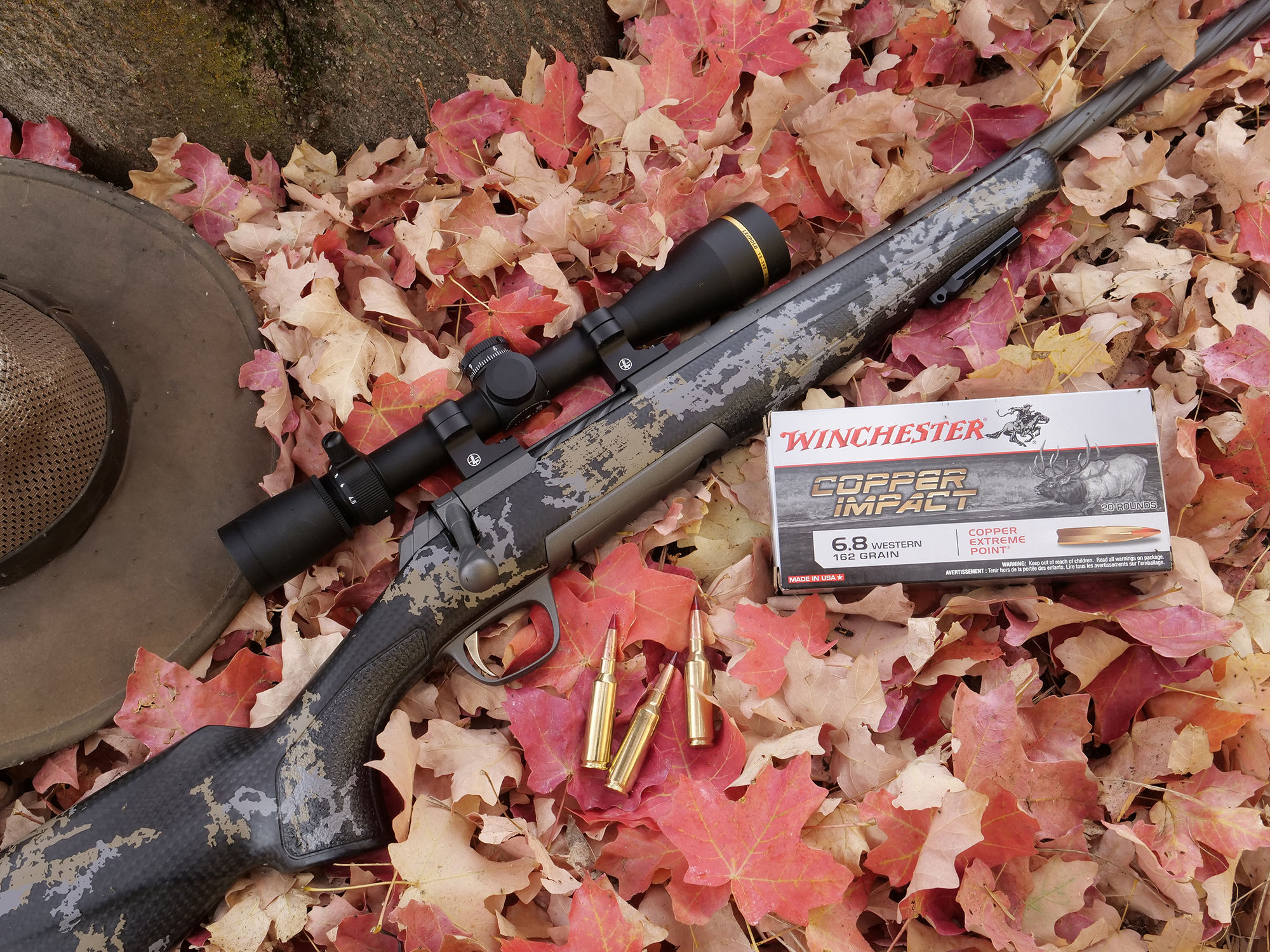We may earn revenue from the products available on this page and participate in affiliate programs. Learn More ›
Rifle, scope, ammo, license, tags, destination. Big dreams. Your Western big-game adventure is about to happen. Or, maybe you’re still in that dreaming phase. That’s good too. Once you’ve identified the western big game you want to chase, you need a rifle to hunt them with.
The rifle and cartridge you choose are equally vital, so you don’t want to get any of it wrong.
Earlier, I wrote a series that dove deep into choosing a cartridge, rifle, and optic, plus getting dialed in and practicing for your western hunt, but for this article, let’s stick to the fun part: choosing the best cartridge and rifle for western big-game hunting.
A western hunting rifle is the sum of its parts, but when they’re harmonious, they create a tool that is more than just parts. The cartridge is always the place to start because it determines, to a large degree, the length, bulk, and weight of the rifle. It would be foolish to buy a heavy, full magnum-length action and then chamber it for a low volume, short-action cartridge. So, we consider the cartridge first.
Similarly, it would be stupid to pick a short-action cartridge and then use it to push an overweight, oversized bullet. A 450 Bushmaster can lay down some serious thump, but a 250-grain bullet at 2,200 fps isn’t ideal for reaching across the pronghorn plains or elk canyons. So assess your bullets first. How much weight do you think you’ll need to cleanly terminate the largest game you’ll hunt? Moose, elk, caribou… Obviously all have been handled by the lightest 22 calibers, but history has shown that bullets from about 120 grains to 200 grains launched at 2,800 to 3,200 fps are more prudent.
That’s still a broad category, so how do you narrow it down? Recoil is one way. Rifle weight and bulk is another. This is a tradeoff, of course. If you want minimal rifle bulk and weight you’ll get more recoil, so you’ll want lighter bullets.
The 6.8 Western
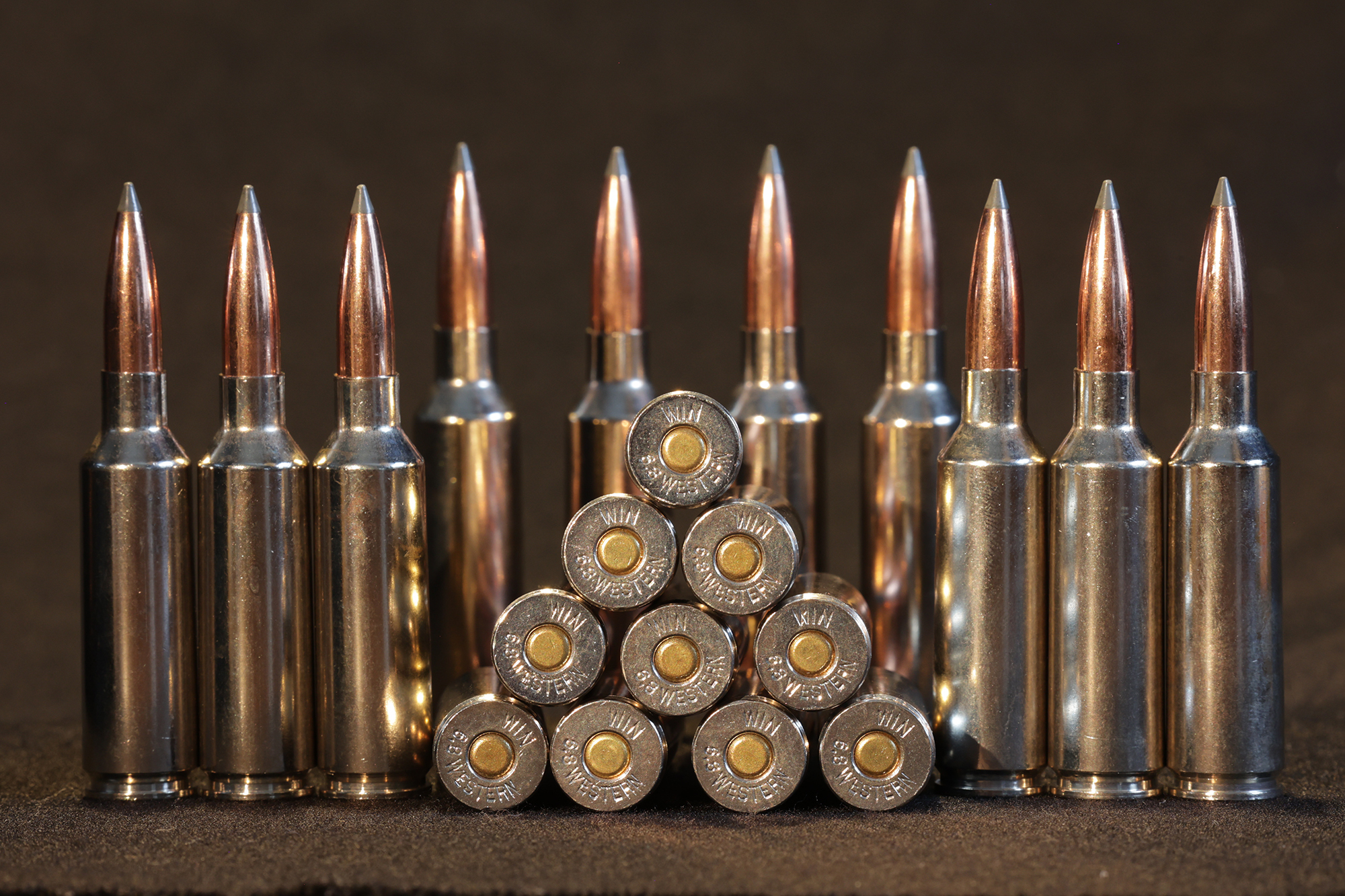
When choosing any bullet weight, it’s important to understand that smaller calibers provide higher B.C.s. A 150-grain .264-inch diameter bullet of an optimized shape will fly flatter, deflect less in crosswinds, and retain more energy than a .284 or .308 150-grain at the same muzzle velocity. If you feel a 150-grain isn’t enough, check out 160, 170, even 200-grain options. By doing this you eventually hit your recoil tolerance limit. If you don’t like the kick of a .30-06 shooting a 180-grain bullet in an 8-pound rifle, you’re not going to like a .300 WSM in a 7-pound rifle.
While you’re making these bullet choices, consider how rifling twists factor in. A 170-grain boat tail spire point .277 bullet sounds pretty nice in a mild-shooting .270 Winchester, but virtually all factory .270 Winchesters wear 1-10 twist barrels. Too slow to stabilize those long bullets.
Thinking like this is what reveals the advantages of today’s new “long range” cartridges. From 6.5 Creedmoor to 6.5 PRC to 6.8 Western, our latest short-fat cartridges are chambered in fast twist barrels that stabilize the most aerodynamically efficient bullets of the day. Focus on one of these and you are ready to consider the kinds of rifles that accommodate them.
And here’s more good news. These short-action cartridges match short-action rifles which are the perfect platform for reducing rifle bulk and weight. You can opt for extra-light with short barrels and minimalist stocks or take advantage of the lighter short-actions weight savings to invest in the ballistic advantages of longer barrels. Lots of options for compromising.
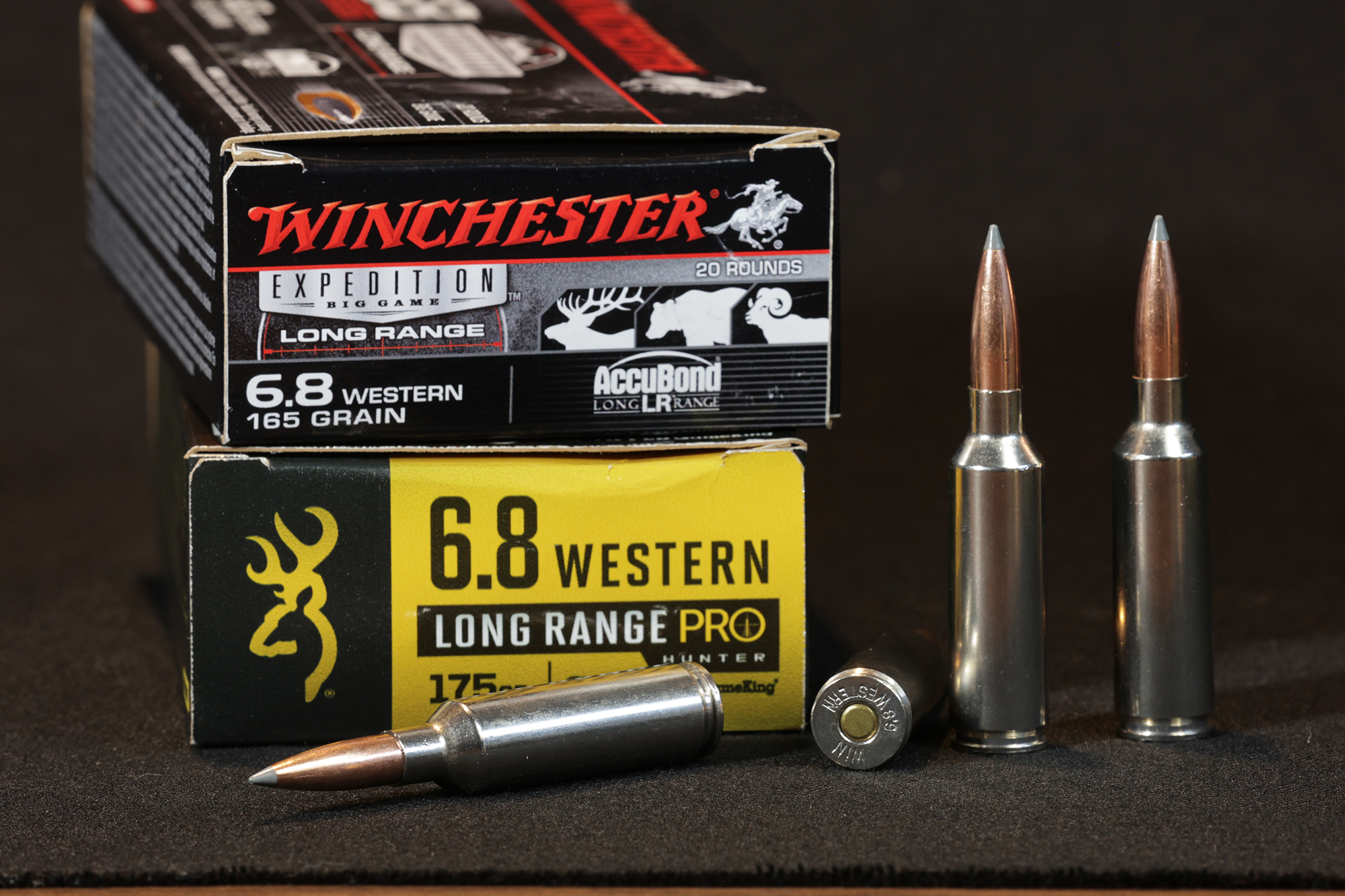
See how quickly things come together? By analyzing things this way, I narrowed my cartridge choices to 6.5 PRC, 270 WSM, and 6.8 Westerner. Because I wanted the advantages of the longer, higher B.C. bullets, the 270 WSM — despite it’s excellent performance with 150-grain bullets — fell out of the race. The 6.5 PRC was a prime contender until I realized it wasn’t likely to handle bullets much heavier than 156 grains. My experience tells me that’s generally enough weight for elk and moose, but more is usually better. And this is how I landed on the 6.8 Western. Right out of the box I could shoot 162-grain or 165-grain high B.C. projectiles for deer, sheep, goats, and pronghorns or step up to 170-grain or 175-grain bullets for more thump on elk and moose, even big bears.
Plus, the Winchester’s Copper Impact bullet will now be made for the 6.8 Western in a 162-grain Copper Extreme Point. This is an all-copper bullet (lead free) with a large-diameter polymer tip. The bullet is designed for deep penetration on heavy and medium-sized game. On the other end of the spectrum, if I ever feel the need for speed and a lighter recoiling coyote load, I have the option of handloading traditional .277 bullets as light as 90 grains. Versatility. Perfect!
The Browning Mountain Pro Long Range
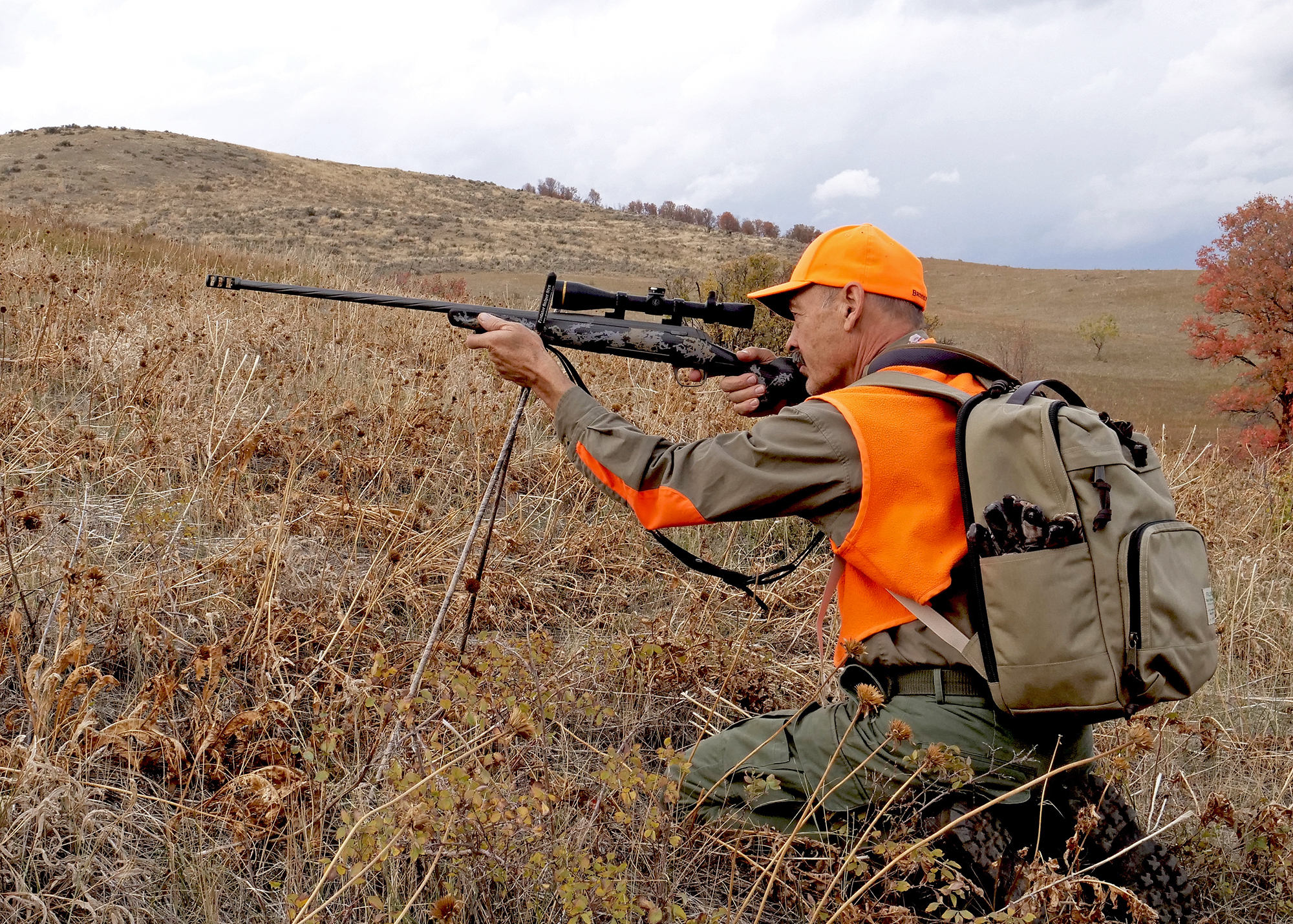
This left me with all the information I needed to find the perfect launchpad. Rifle selection was simplified by the newness of the 6.8 Westerner. Only Winchester and Browning were chambering for it. The M70 Winchester has been a traditional favorite for decades, and the less expensive, newer XPR has proven durable, reliable, and deadly accurate in traditional chamberings. But the Browning X-Bolt was tempting me with its slimmer stock, lighter weight, and quick, 60-degree bolt lift. X-Bolts come in a dizzying array of styles, but when I discovered the Mountain Pro Long Range with a light carbon fiber stock, stainless steel action further protected by a flat finish Cerakote exterior and even a rust-proof chromed trigger mechanism, I was intrigued. Throw in the compact, rotary magazine, the 24-inch barrel with removable brake, the locking bolt handle, and the X-Bolt’s reputation for stellar accuracy and I was hooked.
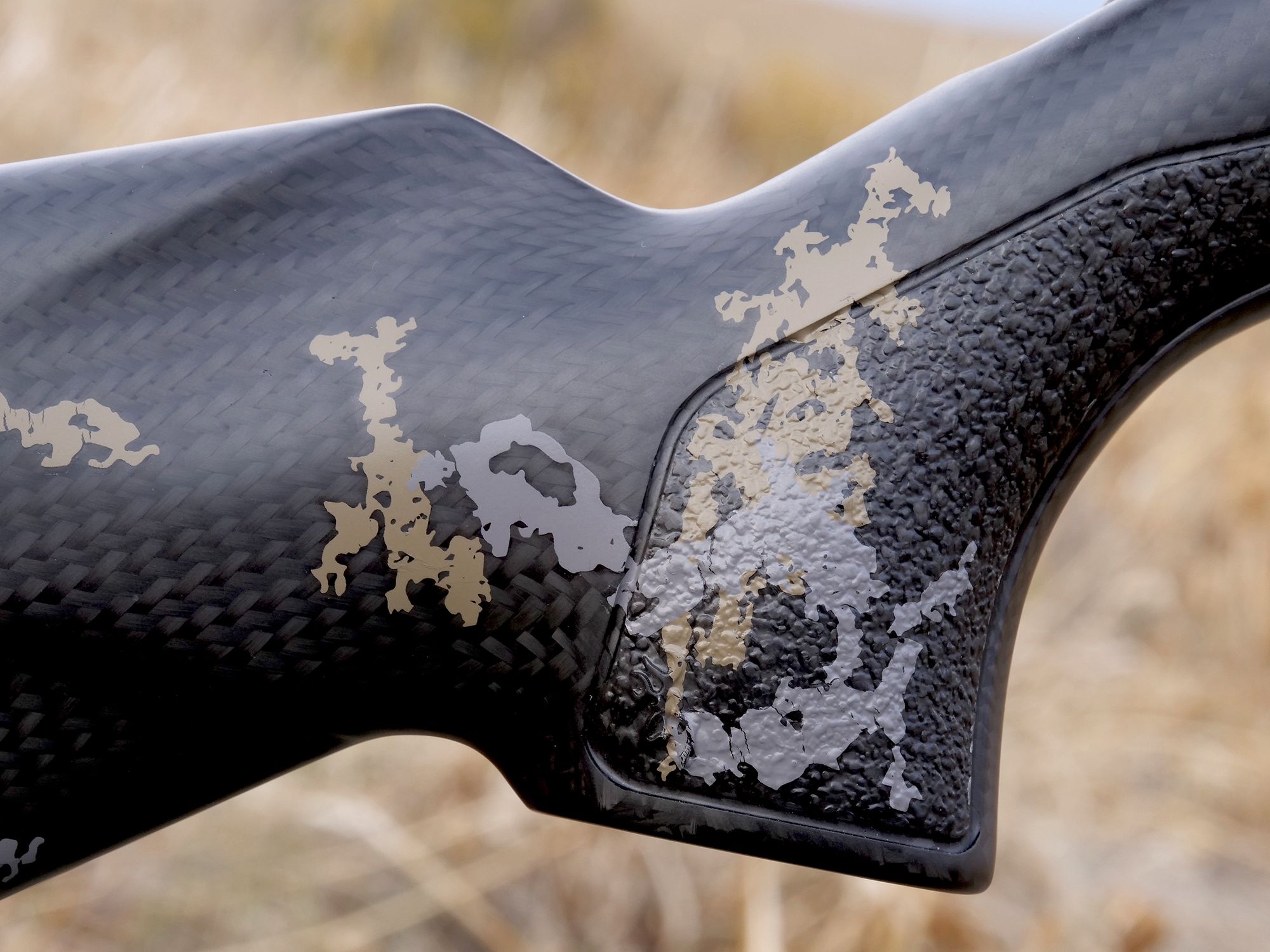
Once I handled the Mountain Pro I was fully sold. Slim, trim, beautifully balanced. The rifle feels tight and solid, despite a base weight under seven pounds. The crisp trigger broke at 3.5 pounds as advertised. The only thing missing was what was not missing — another pound of mass. Yeah, I like ultralights. Most think they recoil too hard, but this has never bothered me. Meanwhile, I can live with a sub-seven, pound rifle wearing a 24-inch barrel topped by a 2-inch removable muzzle brake.
From here you can add your choice of optic, sling, bipod, and more. Plan this package carefully, put it together properly, and the rifle should provide you with a smooth functioning, hardworking, durable, reliable hunting partner with which to roam the West over a lifetime. Hunt honest and shoot straight.
